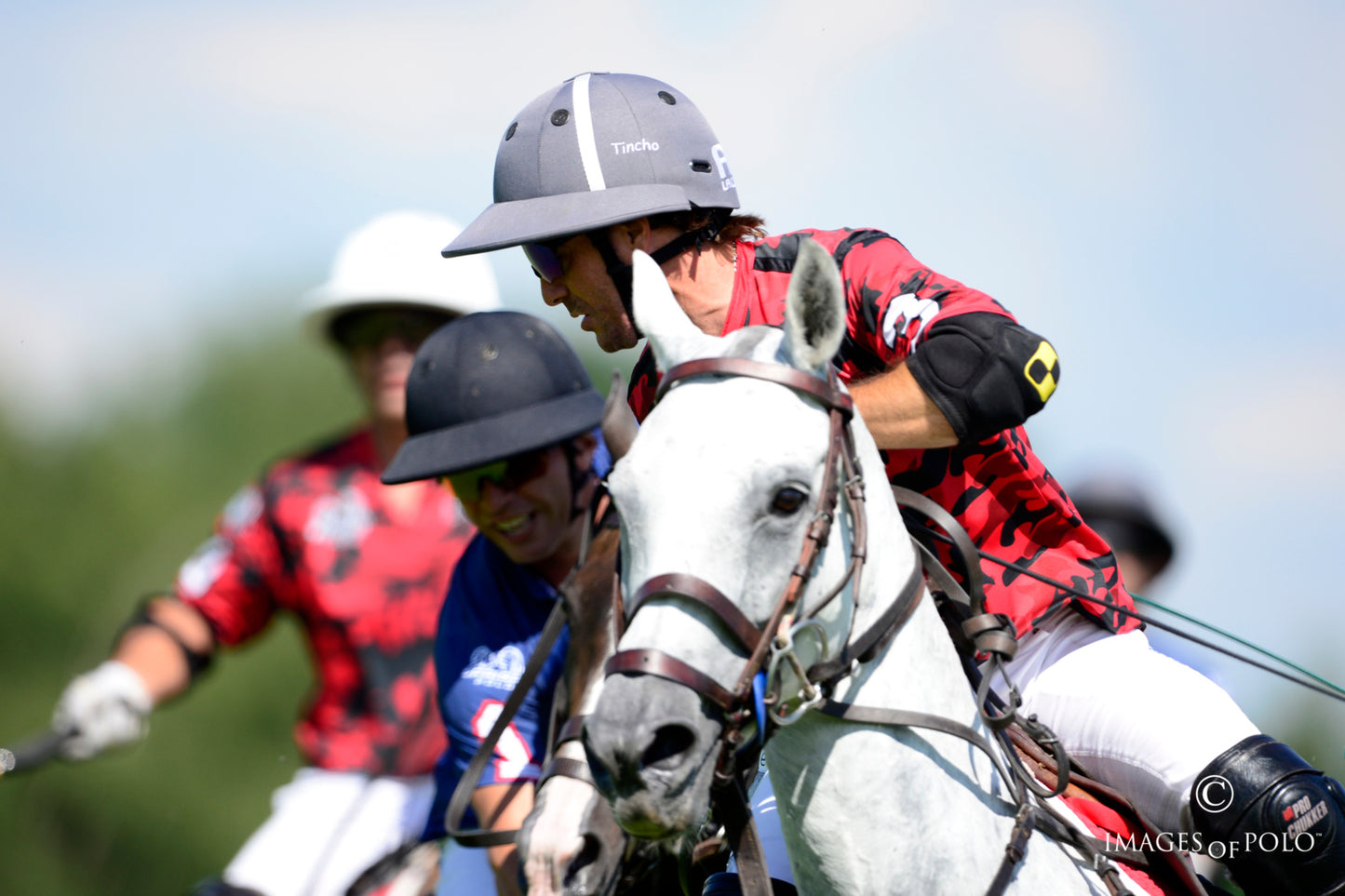
As the polo season opens, it is vitally important to know the basics. Don’t know your chukkas from your handicaps? Then fear no more. We have compiled a few handy snippets of information as a quick guide to learn it all before you head to Guards Polo Club this season.
Guards Polo Club and Truefitt & Hill have a lot in common and both enjoy the patronage of HRH Prince Philip, The Duke of Edinburgh, something of which they are immensely proud.
Rather like Truefitt & Hill, polo has a long and colourful past. The game was introduced into India by the Muslim conquerors during the 13th Century. The first Europeans to play the game were British tea planters in Assam, who formed the first European club in Silchar in 1858.
The sport, as has Truefitt & Hill, long attracted the fashionable set of the continent and subcontinent. With stylish haircuts, magnificent moustaches and wondrous whiskers on display, Truefitt & Hill has played an important role in managing the grooming needs of the polo world for many decades.
This polo season, on hand and guaranteed to keep one fresh no matter the state of play on the fields of Guards Polo Club, are Truefitt & Hill’s immensely popular Apsley hand soap and Apsley moisturising hand cream. Beautifully displayed in the Club’s bathrooms and fragranced with this iconic scent, they are guaranteed to effectively cleanse your hands while keeping the skin smooth and supple, so essential when enjoying a glass of your favourite tipple while watching the game. If time allows, a manicure at Truefitt & Hill before the game, would ensure a picture-perfect result.
And just to make sure that you talk the talk, here is Truefitt & Hill’s ‘short back and sides’ insight into the magnificent game of polo:
Tick-Tock
The match is divided into chukkas, each lasting seven minutes, with an interval of three minutes between each one. Halftime of five minutes allows the participation of the crowd, with spectators invited to take to the field to tread the divots.
Ding-Dong
A bell is rung at the end of each chukka. Play continues until the ball goes out of play or if the umpire stops play for a foul. In the final chukka, play stops with the first stroke of the bell.
Split Ends
‘Ends’ of the field are changed after each goal scored, or at half time if neither side has scored by then.
Tidy
Two of the four shots share terminology used by Truefitt &Hill: the tricky Cut Shot (when a player hits the ball to the right whilst riding forward), Neck Shot (when the player hits the ball under the horse’s neck), the Open Backhand (a defensive shot that goes away from the horse) and the Tail Backhand (defensive shot played beneath the tail of the horse).
Type
It is all about the lingo. If one wants to get the phrasing just right then here are a couple of pointers. To compliment a player, the correct phrasing is ‘a good horseman’ or if one is admiring the horse, then one should say ‘that’s a fine type’ - with ‘type’ being an expression that describes the body shape of the horse.
Players
A team is numbered from 1 to 4 and each position has a purpose. No1 and No2 are the forwards; No3 is the pivot position (and usually the best player in the team), and No4, or back, the goal defender.
Score
The basic score system starts at 0-0 when the two teams are at the same handicap. Should a team’s aggregate handicap be more, the teams will start on different scores.
Splitting Hairs
Don’t ask fellow spectators ‘What just happened?’, or you will likely face a cold shoulder during afternoon tea!
Cut a Dash
Unless you are on the field, don't wear white trousers and knee-high polo boots; the polo world is so small that everyone will know that you are not a player. The correct sartorial look is smart casual, with a nice pair of chinos, a blazer and a shirt, while a silk knitted tie adds a smart but casual touch!

